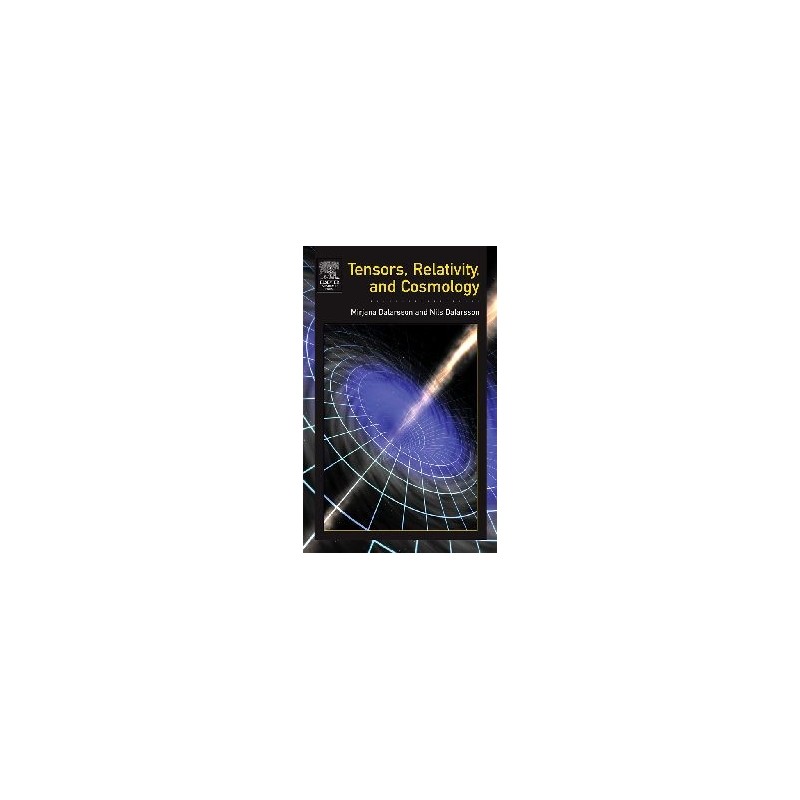- Out-of-Stock



Set with a measuring module and a probe for measuring electrical conductivity. It allows you to measure the salinity of water and soil. The board is equipped with a Grove connector and communicates via an analog interface. Seeed Studio 110020292
No product available!
No product available!
A set for self-assembly of a dual-function sound switch. AVT3144 B
No product available!
No product available!
No product available!
No product available!
STM32F103 programming cable for Open Debugger Burn Board and Banana Pi G1 connection
No product available!
No product available!
No product available!
No product available!
Camera for computer Banana Pi M2+, with sensor CMOS 5 Megapixels (OV5640). BPI-M2+ camera module
No product available!
No product available!
No product available!
No product available!
No product available!
No product available!

